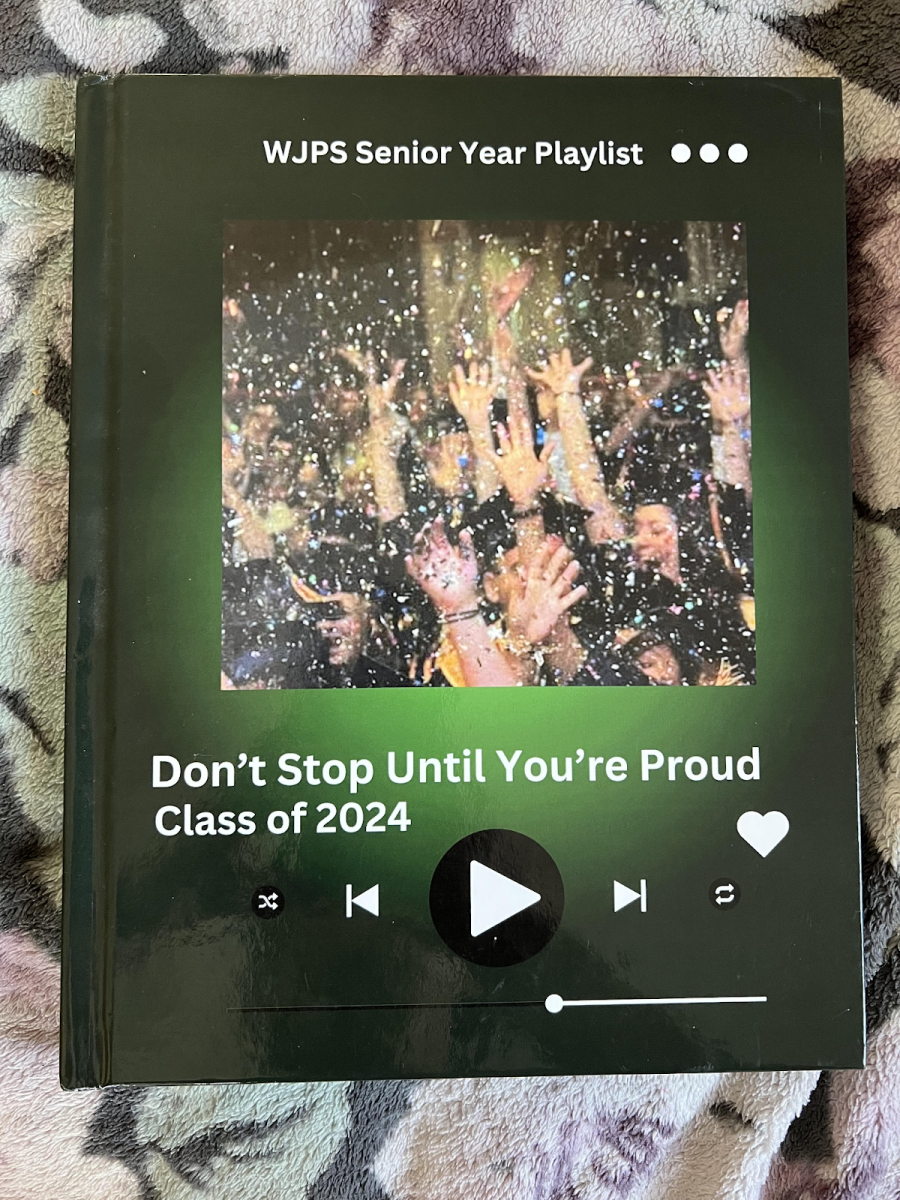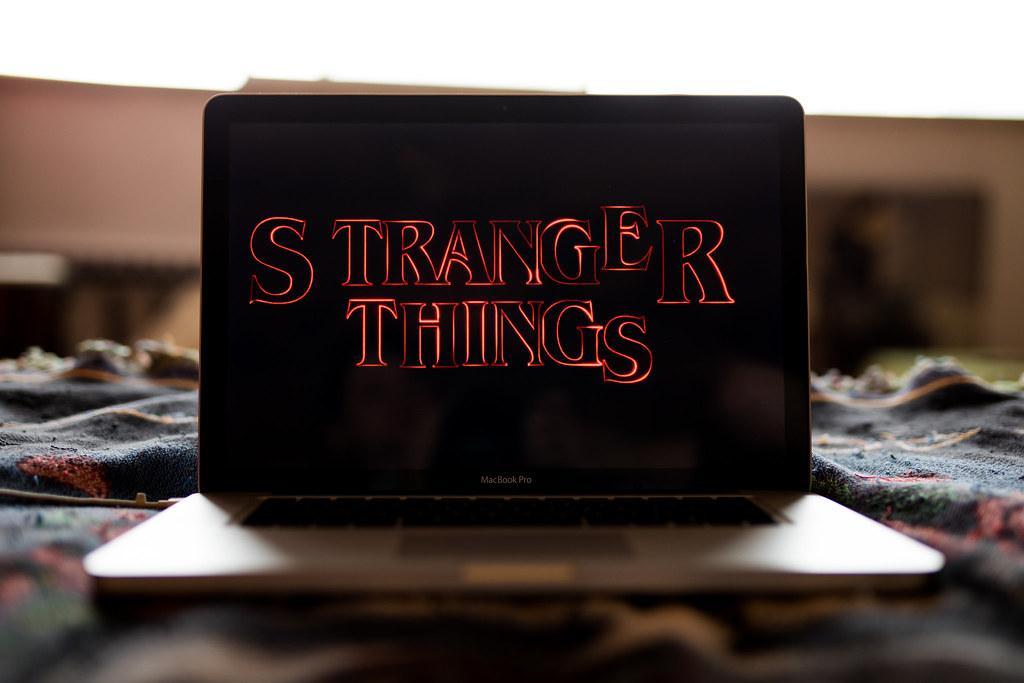by Faith Chojar, staff reporter

A design educator from the Cooper Hewitt, Smithsonian Design Museum visited multiple middle school classes to give students a basic understanding of design by the end of one 45 minute period.
Workshop entitled “What is Design?” ran three times throughout the school day on December 11th, during fifth, seventh and eighth periods, visiting the sixth, seventh, and eighth grade.
Emily Gibson, the Design Educator from the museum introduced students to the real life examples of design and what designers really do. Designers were defined as problem solvers who make art that’s put to use.
“I’m an artist who has interest in both design and art, and I love learning. I knew that when I came to work at the Smithsonian I’d be learning more about design through their collection, and enjoy spreading that knowledge,” Design Educator Emily Gibson said
Student distraction in the classroom was proposed as a constant problem, and students were asked to create an object that could solve it. They were given a bag of materials and left to their own devices to use their imagination and be creative with the materials given. They were encouraged to keep in mind that what they physically had in their hands could represent anything in the world.
“I really enjoyed being able to work and have the freedom to think of and make something without an adult or someone limiting me and telling me if it was right or wrong,” seventh grader Mikayel Baburyan said.
Solutions to the problem included pens with cameras that could sense when the student was sleeping and stop the ink flow from the pen when it does, devices with specified information on them to keep students on track, and tablets for the middle of the table with ear pieces so the students can see and hear from any point in the classroom.
“Today I learned that if anybody tells you can’t do something, you can always try. You can always brainstorm and keep coming up with new ideas and changes and the final product could end up unheard of and could just be something amazing,” seventh grader Jason Werner said.
Students were asked to follow a process in making their inventions of brainstorming ideas first, making the prototype out of materials, taking feedback from other students into consideration making modifications to their designs.
“The methods brought into the classroom that they use for design is one I definitely want the students to take into consideration about their learning. Sometimes, you don’t get the answer right away and you need to try and try again and make changes and just keep going. The first time you do something doesn’t have to be the final time. Sometimes you need to use the help you’ve gotten and look deeper into what you’re really trying to accomplish, and your final piece will come out great,” English teacher Mrs. Devine said.





































